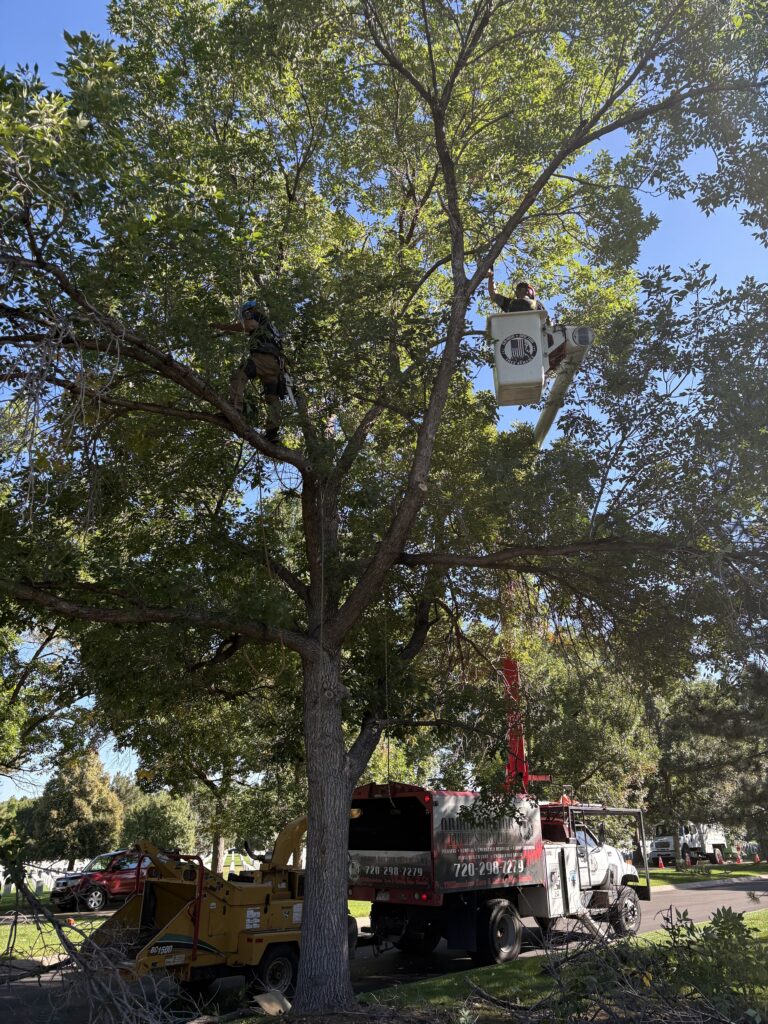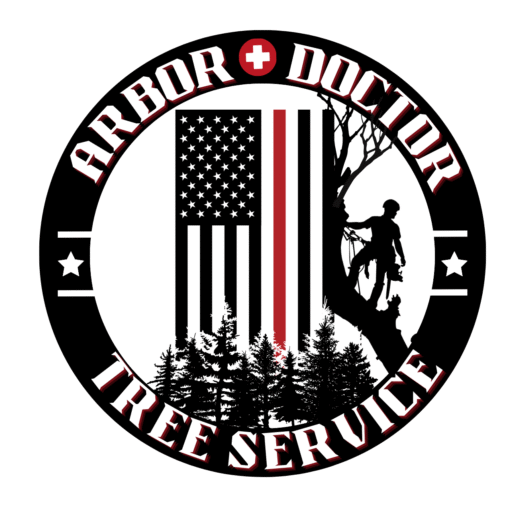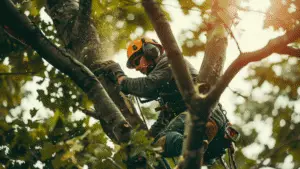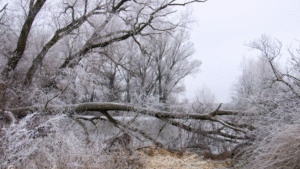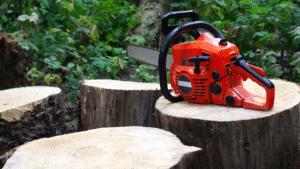Shedding Light on Dormancy: Discover the Best Time for Tree Trimming
As the last colorful leaves swirl off the branches across the Denver Metro Area, many homeowners assume their tree care duties are finished for the year. However, for a certified arborist, the falling foliage signals the start of the most critical and efficient period for tree maintenance: dormancy.
You might ask, “When is truly the best time for tree trimming?” The answer is simple: when your trees are resting. Right now—late fall and early winter—offers unmatched advantages for improving the structural health of your deciduous trees.
At Arbor Doctor Tree Service, we encourage our clients to schedule their maintenance during the dormant season. We are here to show you why the cold months are the best time for tree trimming for your trees and your landscape:
1. Unmatched Visibility for Structural Pruning
The most significant advantage of trimming during dormancy is superior visibility. Once the tree’s canopy is bare, an arborist can clearly see the complete “skeleton” of the tree. This allows for a precision that’s simply impossible in the summer.
We can accurately identify and correct subtle structural defects that are hidden by leaves, such as:
Weak V-Crotches: Forks prone to splitting under Denver’s heavy snow loads.
Crossing or Rubbing Branches: Limbs that rub against each other, creating open wounds that invite decay.
Hidden Deadwood: Removing all hazardous limbs that could fall during a winter storm.
2. Reduced Risk of Pests and Disease
Trimming a tree always creates an open wound. The winter provides a natural defense against infection. Most destructive pests and disease-causing fungi in the Front Range are inactive during the coldest months.
By trimming now, we minimize the risk of insect attraction and fungal spore infection. When spring arrives, the tree can dedicate its full energy reserve to quickly compartmentalize and seal the wound, leading to better long-term health. This safety factor further solidifies winter as the best time for tree trimming.
3. Essential Preparation for Denver’s Snow Load
We know that a major snowstorm is inevitable in Denver. Heavy, wet snow and freezing rain can weigh down branches until they snap, causing significant property damage.
Proactive, dormant-season trimming is the ultimate preventative measure:
Hazard Mitigation: Removing dead and weak limbs now reduces the overall risk factor on your property.
Canopy Thinning: Strategic pruning allows wind and snow to pass through the tree more easily, reducing the overall stress on the limbs when the next blizzard hits.
4. Minimal Stress, Maximum Recovery
A tree’s metabolic processes are slowed to a minimum during dormancy, meaning the shock of pruning is significantly reduced. This minimal stress, combined with the tree’s conserved energy, primes it for robust growth and rapid wound closure when the growing season begins next spring. For the health and vitality of your trees, winter provides the best time for tree trimming.
Ready to Protect Your Trees?
The window for optimal dormant pruning is now, before the worst of the winter weather arrives. Ensure your trees are structurally sound, healthy, and protected against the stress of a Denver winter.
📞 Call Arbor Doctor Tree Service today at (720) 298-7279 or use our FREE Estimate form to schedule your professional dormant pruning estimate!
